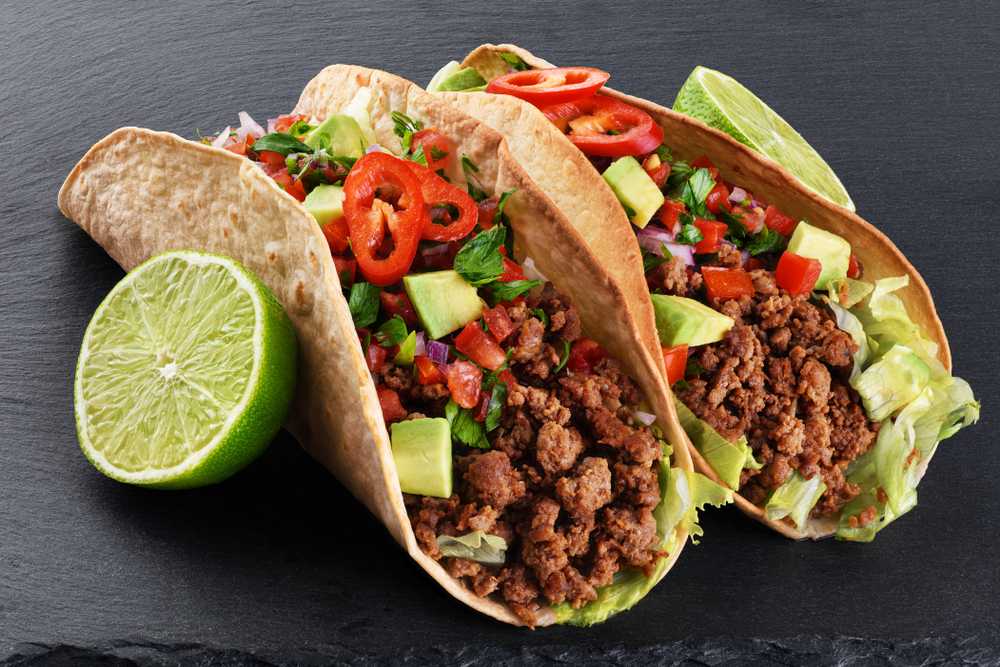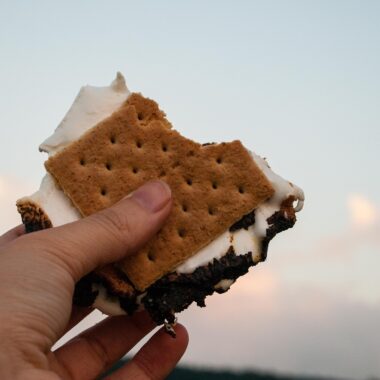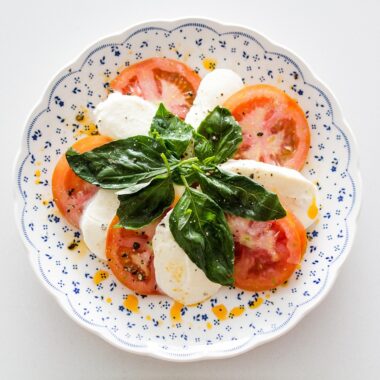A kitchen cleaver is more than just a knife; it’s a versatile tool that combines power, precision, and utility to transform the way you cook. Whether you’re dicing vegetables, breaking down poultry, or slicing through bone, a high-quality cleaver can be a game-changer. But with so many options available, how do you choose the best kitchen cleaver? This comprehensive guide explores top-rated cleavers, factors to consider before buying, and tips on proper usage and maintenance.
Why You Need a Kitchen Cleaver
A kitchen cleaver, often referred to as a “butcher knife” or “Chinese cleaver,” is characterized by its rectangular blade and robust design. Unlike standard chef’s knives, cleavers are engineered to handle heavy-duty tasks, making them indispensable for certain culinary applications.
Key Benefits:
Versatility: Perfect for cutting through meat, cartilage, and even small bones.
Efficiency: Wide blade allows for quick food transfer and larger cuts.
Durability: Built to withstand tough tasks, ensuring longevity.
Precision: Despite its size, a good cleaver offers remarkable control for delicate slicing.
Types of Kitchen Cleavers
Before diving into specific models, it’s essential to understand the different types of cleavers and their primary uses:
Meat Cleavers:
Heavy and robust, designed for chopping through thick cuts of meat and bones.
Features a thick spine for added weight and durability.
Chinese Cleavers:
Lighter and thinner, ideal for slicing vegetables, herbs, and boneless meat.
Known for their precision and versatility in Asian cooking.
Hybrid Cleavers:
Combines elements of meat and Chinese cleavers for all-purpose use.
Top 5 Kitchen Cleavers of 2024
After extensive research and reviews, we’ve identified five outstanding kitchen cleavers that cater to various needs and budgets:
Dalstrong Gladiator Series Meat Cleaver
Blade Material: High-carbon German steel
Blade Length: 7 inches
Price: $69.99
Why It Stands Out:
Razor-sharp edge for precision cutting.
Ergonomic handle for comfort during prolonged use.
Comes with a protective sheath and lifetime warranty.
Best For: Heavy-duty tasks like chopping through bones and frozen meat.
Wüsthof Classic Cleaver
Blade Material: Stainless steel
Blade Length: 6 inches
Price: $120
Why It Stands Out:
Exceptional craftsmanship from a trusted brand.
Full-tang design for balance and durability.
Best For: Professional chefs and serious home cooks.
Zwilling J.A. Henckels Pro Chinese Chef’s Knife
Blade Material: Stainless steel
Blade Length: 7 inches
Price: $150
Why It Stands Out:
Precision-forged blade for exceptional sharpness.
Lightweight design for effortless handling.
Best For: Precision slicing and dicing vegetables.
Shun Classic 6-Inch Meat Cleaver
Blade Material: VG-MAX steel with Damascus cladding
Blade Length: 6 inches
Price: $180
Why It Stands Out:
Premium Japanese craftsmanship.
Superior edge retention and elegant design.
Best For: High-end kitchens and enthusiasts of Japanese knives.
Imarku Cleaver Knife
Blade Material: High-carbon stainless steel
Blade Length: 7 inches
Price: $39.99
Why It Stands Out:
Budget-friendly option with solid performance.
Comfortable wooden handle.
Best For: Beginners and budget-conscious cooks.
Factors to Consider When Buying a Kitchen Cleaver
When shopping for the best kitchen cleaver, keep the following factors in mind:
Blade Material:
High-carbon steel: Offers sharpness and durability but requires maintenance to prevent rust.
Stainless steel: Resistant to corrosion but may need frequent sharpening.
VG-MAX or Damascus steel: Premium options for sharpness and aesthetics.
Blade Length:
Typically ranges from 6 to 8 inches.
Shorter blades offer better control, while longer blades handle larger cuts.
Handle Design:
Ergonomic handles reduce fatigue and improve grip.
Materials like pakkawood, stainless steel, and polymer are common.
Weight and Balance:
Heavier cleavers are better for chopping through bone.
Balanced designs ensure comfortable handling.
Intended Use:
Choose a meat cleaver for heavy-duty tasks.
Opt for a Chinese cleaver for precision and versatility.
Budget:
Cleavers range from $30 to $200+.
Consider your frequency of use and skill level before splurging on a high-end model.
Proper Usage of a Kitchen Cleaver
To get the most out of your cleaver, follow these usage tips:
Chopping Meat:
Use a rocking motion to slice through large cuts.
For bones, aim for the joint and use the spine for added force.
Slicing Vegetables:
Employ precise, even strokes to maintain consistency.
Use the flat blade to crush garlic or scoop chopped ingredients.
Safety Tips:
Always cut on a sturdy surface like a wooden or bamboo cutting board.
Keep your fingers away from the blade and use a pinch grip for control.
Maintaining Your Kitchen Cleaver
Proper maintenance ensures the longevity and performance of your cleaver:
Cleaning:
Hand wash with warm, soapy water immediately after use.
Dry thoroughly to prevent rust or water spots.
Sharpening:
Use a whetstone or professional sharpening service to maintain the edge.
Hone regularly with a sharpening steel to align the blade.
Storage:
Store in a knife block, magnetic strip, or protective sheath to prevent damage.
Avoid Misuse:
Do not use the cleaver on frozen food or excessively hard surfaces.
Avoid using it for tasks better suited to smaller knives.
Frequently Asked Questions (FAQs)
Can I use a kitchen cleaver for all cutting tasks?
While cleavers are versatile, they are not ideal for delicate tasks like peeling or intricate carving. Pair it with a chef’s knife or paring knife for a complete setup.
What is the difference between a meat cleaver and a Chinese cleaver?
A meat cleaver is heavier and designed for cutting through bones, while a Chinese cleaver is thinner and better suited for precision tasks.
How often should I sharpen my cleaver?
The frequency depends on usage, but honing every few weeks and sharpening every few months is a good practice.
Are expensive cleavers worth it?
High-end cleavers offer superior craftsmanship, durability, and performance. However, budget-friendly options can still deliver excellent results for casual cooks.
What’s the best cleaver for beginners?
The Imarku Cleaver Knife is an affordable and versatile option for beginners.
Investing in a quality kitchen cleaver can elevate your culinary experience, making tough tasks easier and more efficient. Whether you’re a professional chef or a home cook, there’s a cleaver out there to suit your needs. By understanding the types, top models, and key considerations, you’re well on your way to finding the perfect cleaver for your kitchen.


















